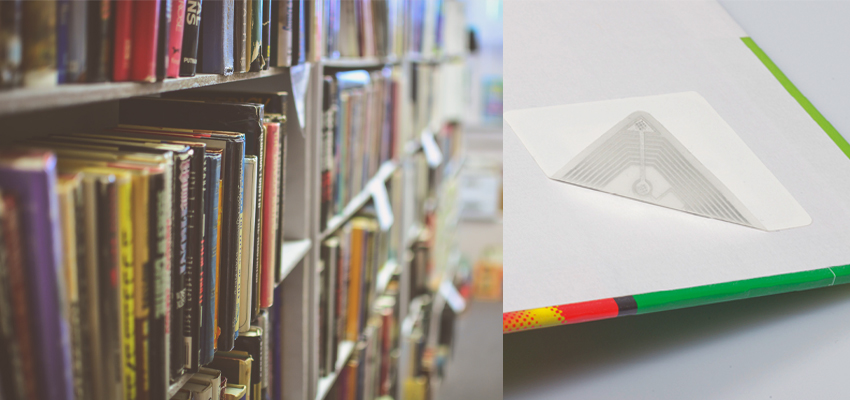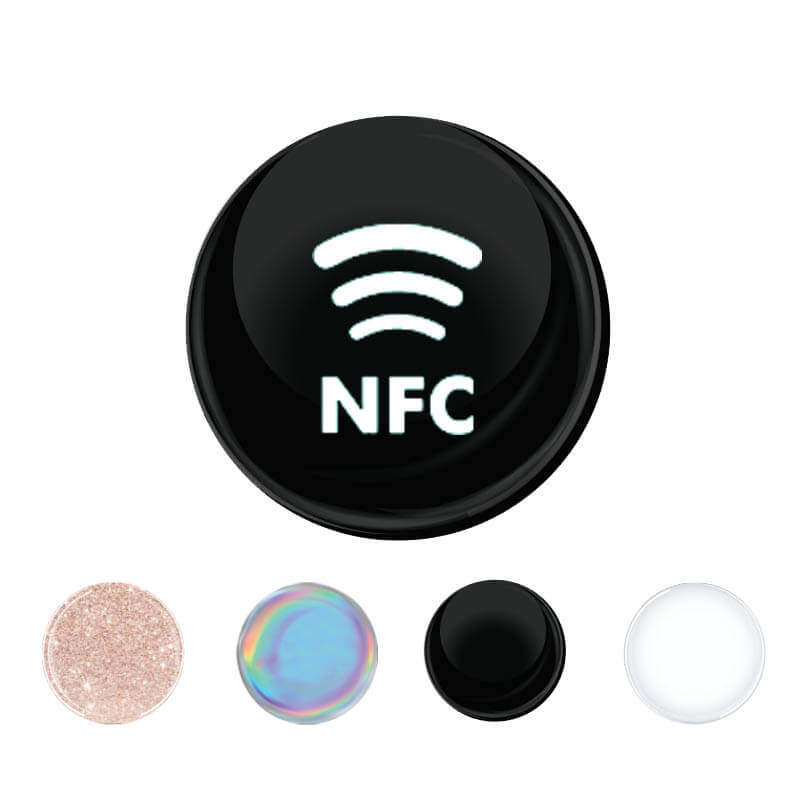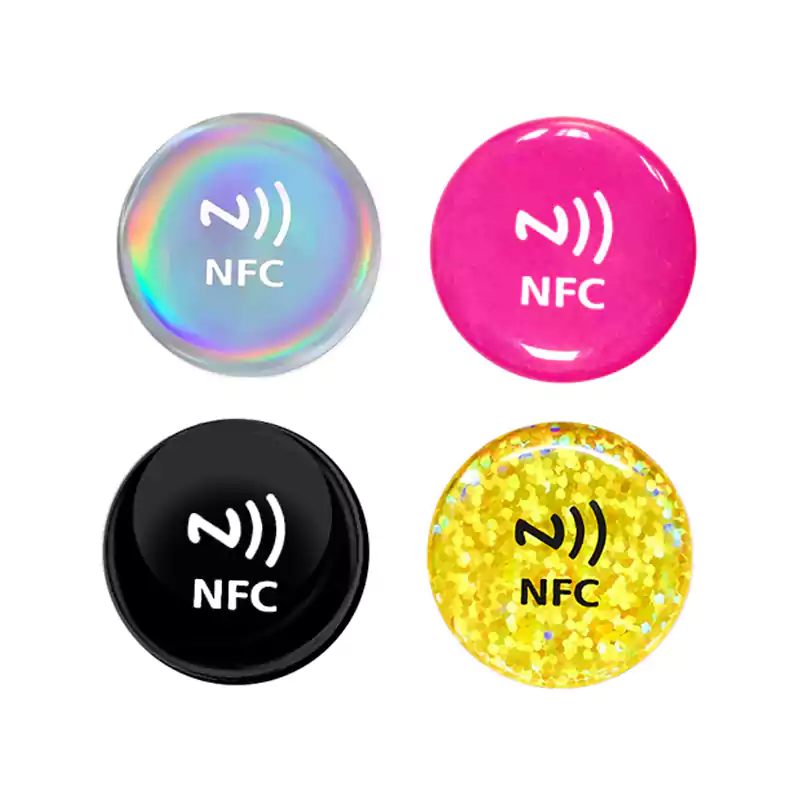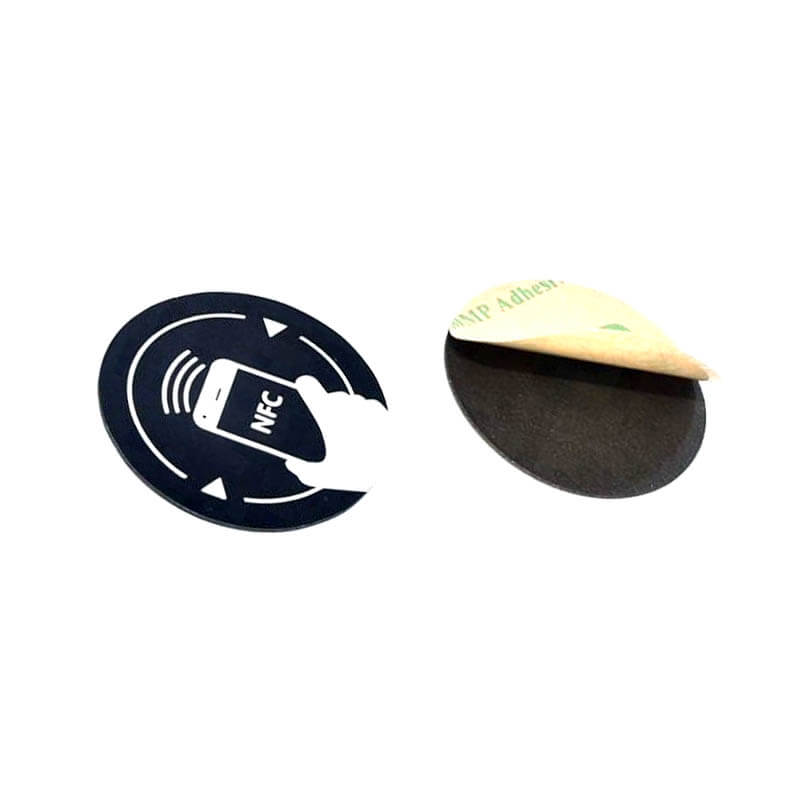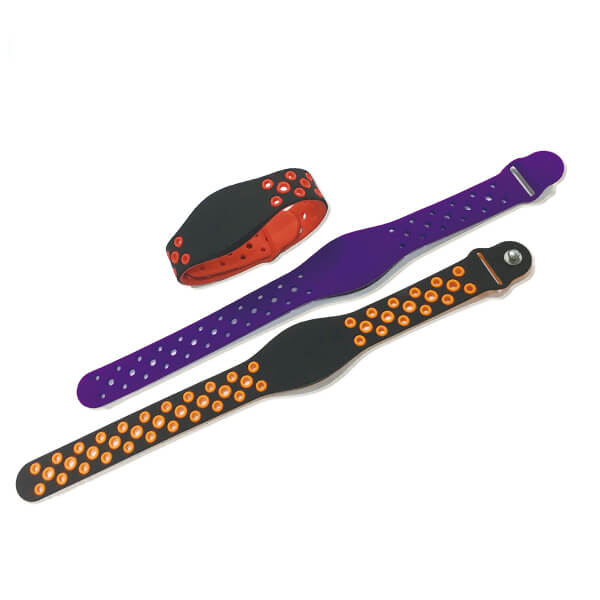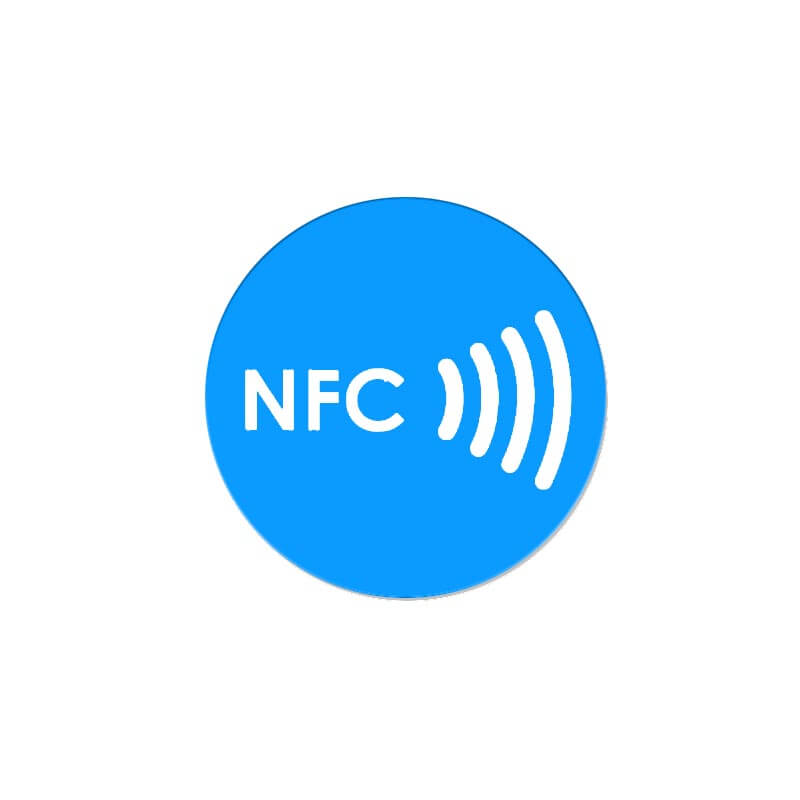Library management can be a complex task, especially with the constant influx of new materials and patrons. RFID technology offers a solution to streamline this process by allowing libraries to track and manage their inventory and circulation more efficiently.
But how does it work? What are the benefits? This article will explore the basics of RFID technology and its advantages for libraries.
How does RFID Work in Libraries?
RFID, or Radio Frequency Identification, uses tiny microchips that emit radio waves to transmit information. These chips are embedded in tags, which can be attached to library materials such as books, DVDs, and laptops.
Before embedding these tags, libraries must first create an electronic database of all their materials and assign each item a unique identifier. This ID will then be encoded onto the RFID tag.
The encoding process is critical as it ensures that the correct information is associated with each item. An error at this stage will lead to incorrect tracking and management of library materials.
Once encoded, RFID tags can be read by a scanner or antenna. This allows librarians to quickly scan and track the location and circulation status of materials without the need for manual check-ins and check-outs.
Whenever a patron checks out a material with an RFID tag, the scanner will automatically update the item’s status in the electronic database. This not only saves time but also reduces human error in record keeping.
RFID for Inventory Management
Besides tracking the check-in and check-out of materials, RFID technology can also streamline the process of inventory management. With a simple scan, librarians can easily keep track of the location and movement of materials within the library.
To achieve this, a librarian will need a handheld RFID reader to scan the tags on materials. They will then scan the shelves or storage areas to accurately track the location of each item. This process is much faster and more efficient compared to manually searching for materials on shelves.
Additionally, it is quicker than the traditional barcode system. This is because it does not require physical contact with the item and can read multiple tags at once. Besides, you will not need a direct line of sight as RFID can even read tags under stacks or within boxes.
RFID for Security
Loss of library materials is a common issue that can result in financial losses. It can also inconvenience patrons who may have put a hold on the missing item.
RFID technology can help to prevent loss and theft through its security features. Libraries can attach RFID tags with security sensors that set off an alarm if an item is being taken out of the building without proper check-out procedures.
This deters potential theft and helps to quickly locate missing items. RFID technology can also be integrated with other security systems such as CCTV for a more comprehensive approach to preventing loss and theft.
Benefits of RFID in Libraries
The RFID library management system has brought many benefits to libraries, including:
- Faster & Convenient Checkout/ Check-in
With the rise in technology, patrons often expect faster and more convenient services. RFID technology allows for a quicker and smoother check-in and checkout process, resulting in improved patron satisfaction.
The technology detects when a patron returns an item, automatically updating the electronic database without any manual effort. This saves time for both staff and patrons and allows for more efficient operations.
- Improved Inventory Management
Manual record-keeping for a large inventory of materials can be time-consuming and prone to human error. It also requires physically going through the shelves to search for materials, which can be inefficient and labor-intensive.
The integration of RFID technology allows for more efficient inventory management. Librarians can quickly and easily track the location and movement of materials with a portable RFID reader, improving overall accuracy and productivity.
- Improved Customer Service
Patrons are keen on being able to quickly access materials and information. Librarians must be available to assist them in finding and checking out desired materials.
RFID technology frees time for librarians to spend on improving customer service. It enables them to spend more time interacting with patrons and providing them with a better library experience.
This increased attention to customers can lead to improved patron satisfaction and loyalty. It ensures the library remains a valuable resource for its community.
- Fulfilling Work Environment
Besides improving patron satisfaction, RFID technology also benefits library staff. The technology streamlines their work processes and frees up time for them to focus on providing better customer service or pursuing professional development opportunities. This can result in a more fulfilling work environment and improved job satisfaction for librarians.
Additionally, librarians can spend more time on tasks that require higher levels of critical thinking and creativity, rather than being bogged down by manual administrative tasks. This allows them to better serve their community and add value to the library as an institution.
Disadvantages of Using RFID Technology
While RFID technology offers numerous advantages for libraries, it does have some drawbacks.
- Cost
Implementing RFID technology can be expensive, as it requires purchasing the necessary equipment and training staff to use it. Some smaller libraries may not have the budget for this technology, or they may not see a sufficient return on investment.
- Privacy Concerns
There are also concerns about privacy and the potential misuse of personal information. RFID tags can potentially be used to track individuals and their reading habits, raising ethical concerns.
Libraries must ensure they have proper security measures in place to protect patron privacy and comply with applicable laws and regulations. They must also educate patrons on the use of RFID technology and how it may impact their privacy.
Choosing Library RFID Tags
When selecting RFID tags for a library, it’s important to consider factors such as size, durability, and compatibility with existing equipment.
Smaller tags can be more convenient for materials such as books or CDs, while larger tags may be necessary for items like laptops or other electronic equipment. It’s critical to choose tags that can withstand daily use and potential damage.
Additionally, transparent and foldable tags can be placed on the spine without interfering with the appearance of the material. This way, patrons won’t even notice the presence of the tag.
Related articles:
- Why You Need RFID Jewelry Tags?
- Use of RFID Technology in Hospitals – 7 Things You Can Track
- A Guide to RFID Tags Types And What are they Difference
- RFID on Metal: A Few Things You Should Know about RFID and Metal Surfaces
- RFID for Files and Archives Management
- 5 Proven Ways to Use RFID in the Food Industry
- What Are RFID Tags and How Are They Used?

